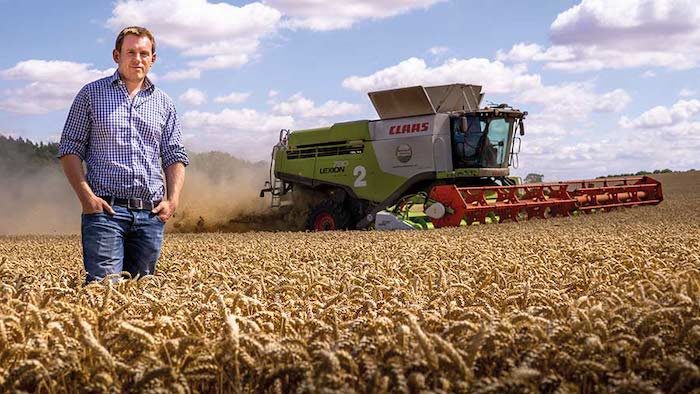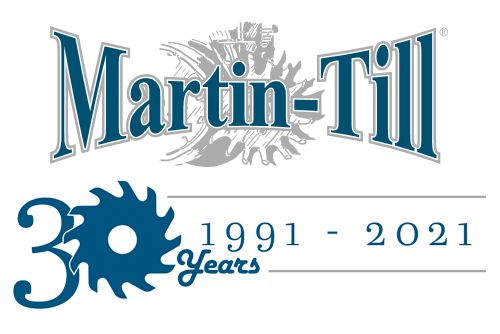By Richard Allison, Farmers Weekly
De-risking late drilling of wheat is at the heart of Brixworth Farming’s strategy, and cover crops are the key to extending the drilling window on the heavy Northamptonshire soil.
Tackling blackgrass has created a need for less soil disturbance by direct-drilling later in the autumn.
However, grower Ian Matts finds that it just takes one rainfall event to make the heavy soils too wet to drill. He recalls getting caught out by going too far in reducing cultivations two autumns ago.
“Over the first weekend of October, we had heavy rainfall and it rapidly went from OK to drill with the Sprinter to being too wet," Matts says.
Due to the previous wet autumn of 2019, the farm had planted over-yeared seed in conditions that were unsuitable for cultivating. It was a backwards step and 2020 ended up being worse than 2019.
So Brixworth Farming made the decision to do more cultivations where it was needed, to keep the ability to direct-drill.
Turning headlands are now cultivated with a Sumo Trio rather than direct-drilling across the board.
Cover crops. The current strategy is to begin drilling wheat around 25 September, starting with the low-risk fields and drilling higher-risk fields later, with the help of cover crops.
“We found with a (cover crop) you have something to run on, and can, therefore, establish crops in conditions that you previously could not travel on,” Matts says.
Running on green crop has worked well as the roots hold it together. In addition, it picks up some nitrogen and helps reduce blackgrass emergence, he says.
Last year, he tried mustard. This year, he is using a mustard, clover and linseed mix.
“If it doesn’t work out and we can’t get on with the drill, it will overwinter as a cover crop if needed, and so de-risking the system," he says.
Matts has also secured funding for cover crops, as they help with water quality.
He is part of the Landscape Enterprise Networks project, which offers private funding to implement environmental measures. The project involves Nestlé, Northamptonshire Council and Anglian Water.
Cover crops help bring down blackgrass pressure by enabling later drilling and reducing emergence of the weed.
Therefore, potentially pre-emergence herbicide use can be decreased, which reduces the risk to water quality.
Matts is now looking at how to establish the best cover crop, and reduce cultivations.
Cover crops only have approximately six weeks until wheat drilling, and it’s vital to get good establishment and rapid growth.
Until now, Matts has used a Sumo Trio with a seeder, but he intends to move towards a light disc cultivator and spin the seed on instead.
This is being achieved by fitting a biodrill seeder onto the carrier, with the discs turned out to move far less soil.
He is also trialling some direct-drilling on kinder land, to see if that works.
Spring Wheat. To help give cover crops more time, Matts grows a spring wheat. He has previously used Mulika, but this year he has opted for KWS Ladum to be drilled in the autumn.
This is a new group 1 variety on the Recommended List from KWS.
By drilling spring wheat in November, it is the first to harvest and helps spread out harvest, especially after dropping oilseed rape from the rotation, he explains.
“Here on our heavy soil, late March/early April is the true spring crop drilling time and it wouldn’t be harvested until September, which is too late.”
Two-Drill Approach. Brixworth originally went with a one-size-fits-all approach to streamline the machinery fleet, based on maxi min-till cultivations and relying on chemistry.
This included a Simba Solo followed by a press, drill and then rolls. However, in 2011, Matts realised a single system wasn’t ideal for the different soils and he also wanted to reduce cultivations.
Although the soils are mainly heavy, there are lighter fields such as the ironstone land.
So the farm decided to invest in more kit, to have different drills for different situations.
Looking for a direct drill, they tried a Cross Slot, but ended up with a Weaving GD direct drill instead.
Matts says that while the Weaving was a good drill, he realized they needed three drills, “so we stepped back”.
That’s because he couldn’t use the Weaving on already cultivated land, for spring crops. The solution was a 12m Horsch Sprinter to go with the Rapid.
“It is more flexible. You can direct-drill, or if land is already cultivated – being a tine drill – it will still run. We are running it on narrower points so not disturbing too much soil, but we still get some mineralization.”
This means Brixworth only has the costs of running two, rather than three, drills.
The No-Till Passport series is brought to you by Martin Industries.
Since 1991, Martin Industries has designed, manufactured and sold leading agriculture equipment across the U.S. and Canada. Known for Martin-Till planter attachments, the company has expanded to include a five-step planting system, closing wheel systems, twisted drag chains, fertilizer openers and more in their lineup. Their durable and reliable planter attachments are making it possible for more and more farmers to plant into higher levels of residue.








Post a comment
Report Abusive Comment